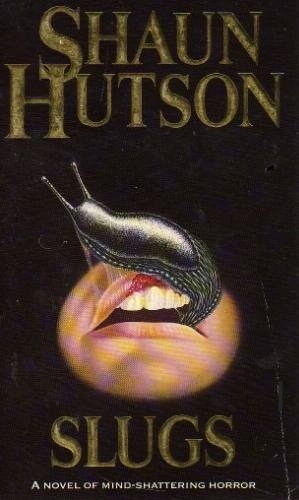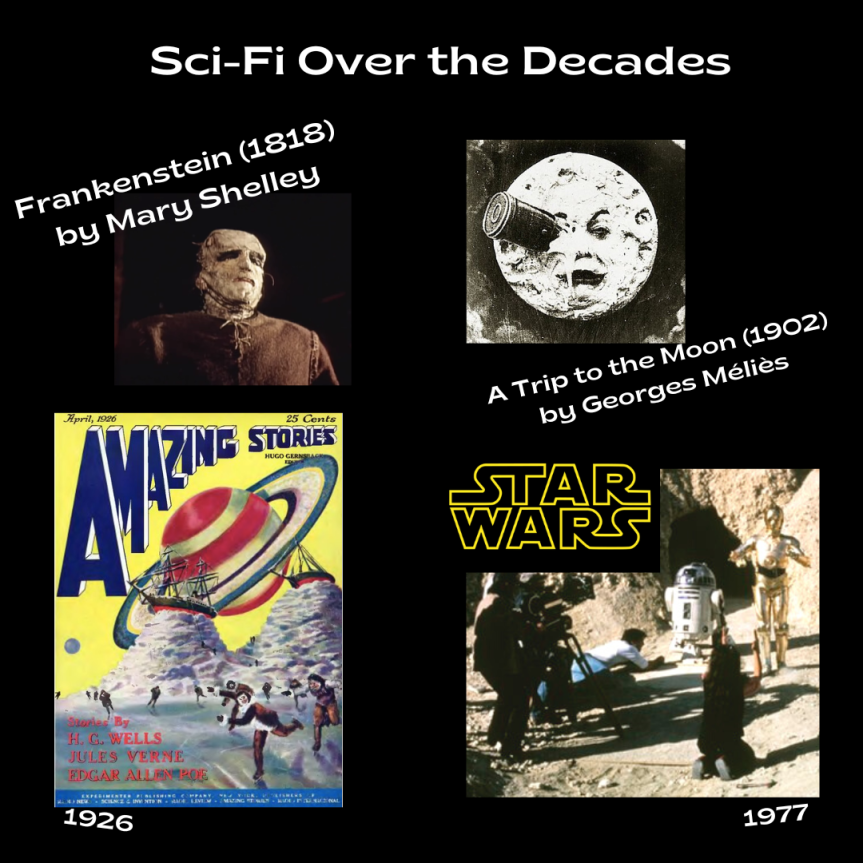Two years ago, it was the 20th anniversary of Storm Front, The Dresden Files book 1 by Jim Butcher. There was a special release of the book and all this stuff, and I was mildly interested.
I picked up a mass market paperback of Storm Front while I was traveling and started reading it on the plane. I got about 100 pages in and couldn’t handle it anymore.
Harry Dresden was kind of a snob, and the portrayal of women in the novel seemed to lean totally toward their physical appearances. I seem to recall I’d just come off a long stretch of reading pretty dense high-fantasy (The Grace of Kings, perhaps?) and The Dresden Files was a bit too watered down for me.
But, recently, I was stranded at my new apartment after my car broke down and only had a few books at my disposal. My paperback copy of Storm Front still had the bookmark in it from where I’d stopped before. So, I decided to give it another shot, and here’s what I thought about The Dresden Files book 1, twenty-two years after it was published.
Is Harry Dresden a Chauvinist Pig?
Like I mentioned, one of my biggest complaints with Storm Front was the portrayal of women, or at least, how Harry portrays women. His views usually revolve around their looks or their sultry voice, or something of that nature.
When I started my re-read, I paid close attention to these details because I knew they were what bothered me the first go around. But, what I came to notice was that I had pegged Jim Butcher as the one making the portrayals before, when in reality it’s Harry Dresden. The book feels like it could very easily be in third person narration–about Harry–and it’s because things happen so quickly that you might not necessarily be paying attention to the narration.
I remember distinctly at one point about halfway through the book, I read a part where “I” is used a few times in quick succession. I paused, flipped back through the few chapters I’d read, and thought, “wow, I can’t believe I didn’t realize it was first person.”

So that all leads up to the point that Harry Dresden is the one who is painting the outdated portrayals of women in the story, not Jim Butcher.
What I think really helped me accept Harry as this kind of character was his self-awareness. Near the end of the novel, he makes an observation about Karin Murphy’s soft, dainty hands, which he follows up with a thought about how she’d call him a chauvinist pig. So it’s clear that Harry knows he’s kind of a prick, and that makes the narration more palatable.
In my first read through, I hadn’t gotten far enough to see Harry’s self-awareness, and that’s why I only got 100 pages in.
No Sense of Time
One of the things I like to do when reading an older book is look for tells of the time period it was written in. Now, for Storm Front, that was only twenty years ago, so not much has really changed. Sure, technology is far better today than it was back then, but is it enough to make a difference?
After thinking about the tech of now versus the tech of the 2000, I realized there were no cellphones in Storm Front. Harry almost exclusively uses payphones, or the phone in his office. And I didn’t notice that detail until I was already finished with the book. I thought, “huh, he really likes his pay phones,” and it clicked that, duh, he had to use pay phones.
But there’s something about pay phones that added to the vibe of the story. It’s meant to be a noir-ish paranormal detective story, and pay phones have long been a part of noir or crime fiction.
Plus, one of Harry’s traits as a wizard is that all the technology he’s around starts to go haywire. Radios don’t work, cars stall out, elevators lose power–he’s a walking menace. That little detail was genius on Jim Butcher’s part. Not only does it create a reasonable explanation for Harry’s distrust or disuse of technology, it also helps to extend the life of the series. (Full disclaimer here, I’ve only read Storm Front, so I could be proven wrong by other books in the series).
There’s no need for Harry to get a smartphone or Bluetooth headphones or any of that stuff, because he can’t use it anyways. So whether you read Storm Front on day-one release or 50 years later, you’ll still be able to relate.
It’s Urgent – Always
A final point I want to make about Storm Front is the acute attention to urgency that Butcher has. The most important part of a mystery novel is the increasing sense of urgency. It drives the plot, it motivates the characters, it paves the way for the climax and the conclusion.
Harry’s whole journey in Storm Front happens within the span of three or four days, but it feels like it speeds by much quicker. For most of the novel, Harry’s running from place to place, uncovering clues about the case, and with each clue or realization, the stakes get higher. The mission becomes more impossible, but even more urgent.
All of it leads right up to the massive storm at the end of the novel, which I believe was intentional. The building storm motif was apparent throughout the book, and its a nice touch.
But the urgency in Storm Front really makes that climax hit home hard, and that’s the mark of a good detective novel, be it paranormal or not.
So, after reading The Dresden Files book 1 all the way through, what did I think? I thought it was pretty good all things considered. I had to curb my expectations and just let the story develop, and that was honestly the best thing I could have done. The characters are fun and interesting, the plot was action-packed, and the writing wasn’t watered down like I previously thought, instead it was fast, funny, and softly-detailed.
I’m excited to continue reading The Dresden Files, and I’ll certainly be at it for a while. With the 17th and 18th books slated for release very soon, I have a lot of catching up to do.
















